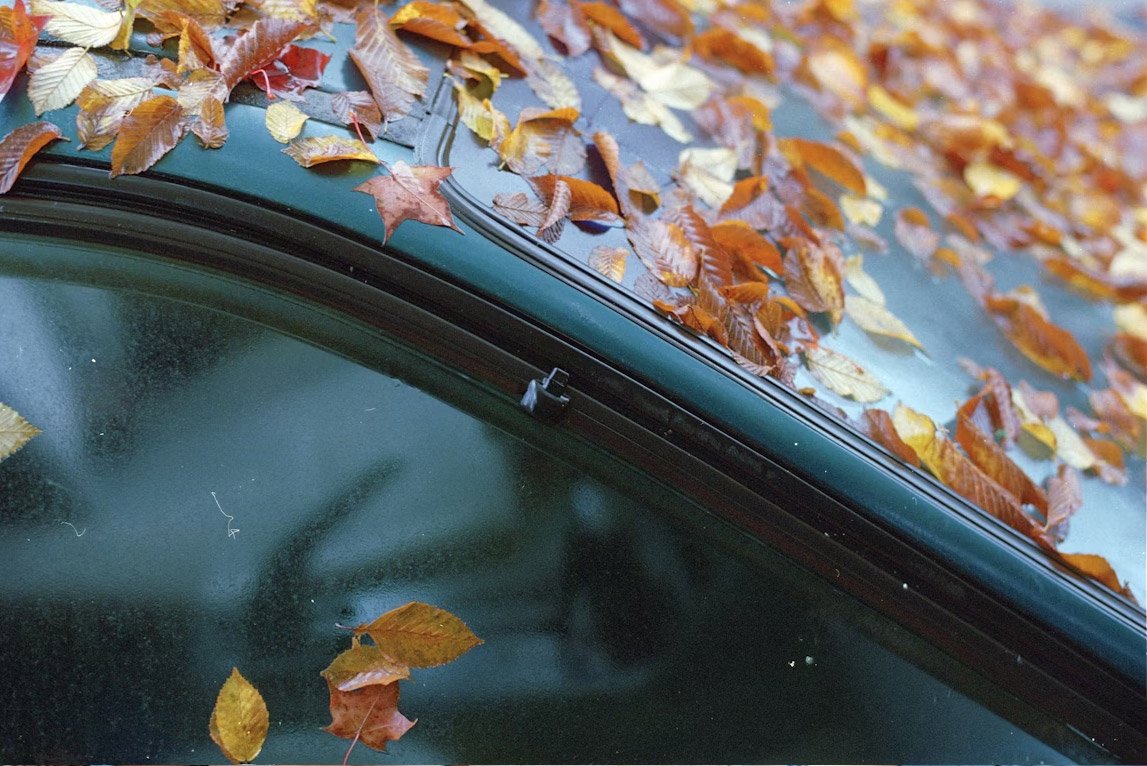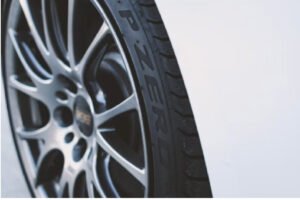Vehicle
Driving Challenges During Autumn and the Upgrades That Make a Difference

Autumn has a way of changing how every car feels on the road. The first cold mornings slow everything down — tyres lose grip, wipers squeak across damp glass, headlights struggle against mist that never quite clears. For many, this is the season that quietly exposes what’s been neglected since summer. But it is also the time when the correct adjustments and upgrades can change the entire driving experience. LLLParts specialists explain that mostly, seasonal problems aren’t about sudden faults but gradual wear that colder conditions finally reveal. Batteries weaken, sensors lag, oil thickens, and tyres harden.
Seeing Clearly When the Weather Doesn’t Cooperate
The most immediate challenge during the autumn is visibility. Days grow shorter, rain arrives sideways, and headlights are left on far longer than anyone realises. Old halogen bulbs fade over time, scattering more light upwards than forwards. Upgrading to LEDs or projector lamps sharpens the beam and helps reduce eye strain after dark. Fogging inside the cabin is another familiar nuisance. A clean pollen filter and a functioning air-conditioning compressor clear condensation far faster. Pair that with fresh wiper blades and properly aligned mirrors, and the difference is night and day — literally. As LLLParts experts often say, good visibility is half of good driving.
Suspension and Stability
Autumn also magnifies how different car parts like the suspension system feels when driving. When damp roads combine with potholes and uneven patches, tired shocks reveal themselves instantly. The car bounces longer, corners feel vague, and the steering loses weight. Replacing worn dampers or bushings can restore precision and make long drives far less exhausting. Adaptive suspension — fitted to many modern vehicles — adjusts damping automatically as conditions shift. It’s not a luxury gimmick; it’s technology that helps the car stay balanced when the surface is unpredictable. According to LLLParts specialists, that’s one of the most noticeable comfort upgrades for anyone driving through the colder months.

Brakes and Control in the Wet
Water, dirt, and salt shorten the life of braking components. Pads harden, discs corrode, and the first press of the pedal can feel soft or uneven. Cleaning and lubricating the system or replacing parts before they fail keeps braking sharp and predictable — particularly on long downhill runs in the wet.
Cabin Comfort and Cold-Weather Readiness
Cold mornings change the whole mood of driving. It’s no longer about power or speed — it’s about warmth and clarity. When the heater takes too long to wake up or the windscreen fogs every few minutes, the drive becomes tiring fast. Swapping out an old cabin filter, checking coolant, and making sure the thermostat isn’t sticking can fix most of that. Heated seats and a warm steering wheel sound unnecessary until the cold really settles in. Right then they stop feeling like extras and start feeling essential. It’s a quiet kind of comfort — not something most drivers notice straight away, but the absence of it is felt immediately.
For More Information Visit Coopermagazine
-

 Celebrity1 year ago
Celebrity1 year agoWho Is Jennifer Rauchet?: All You Need To Know About Pete Hegseth’s Wife
-

 Celebrity1 year ago
Celebrity1 year agoWho Is Mindy Jennings?: All You Need To Know About Ken Jennings Wife
-

 Celebrity1 year ago
Celebrity1 year agoWho Is Enrica Cenzatti?: The Untold Story of Andrea Bocelli’s Ex-Wife
-

 Celebrity1 year ago
Celebrity1 year agoWho Is Klarissa Munz: The Untold Story of Freddie Highmore’s Wife
















